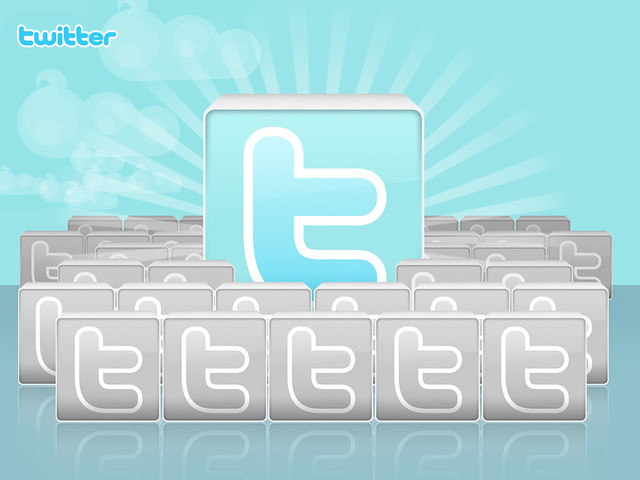The best brands invite engagement. They showcase authenticity and reply to criticism, instead of deleting it. They also harness the power of their most credible marketers – their employees. Because of social media, employees now have personal brands of their own and can be quite influential. When you think of the personal brands of professional athletes – “Employees” and their leagues/teams – “Companies”, the influence is exponential.
You can see the changes first hand outside of professional sports. Companies are evolving with the times with fewer trying to block social media (31% of companies prohibit all access down from 54% in 2009). Instead they are working within their established or updated social media policy.
 The key here is creating a policy that works with the company ethos. What works for Zappos, CEO Tony Hsieh has only one sentence for their policy “Be real and use [their] best judgment”, may not work for many companies. Company policy should be reflective of their company culture, and the personal brands of their employees. Coca-Cola for instance acknowledges their employees will be active in social media and has set policy guidelines placing the responsibility on the employee with statements such as “Be conscious of mixing your business and personal lives” and “You are responsible for your actions.”
The key here is creating a policy that works with the company ethos. What works for Zappos, CEO Tony Hsieh has only one sentence for their policy “Be real and use [their] best judgment”, may not work for many companies. Company policy should be reflective of their company culture, and the personal brands of their employees. Coca-Cola for instance acknowledges their employees will be active in social media and has set policy guidelines placing the responsibility on the employee with statements such as “Be conscious of mixing your business and personal lives” and “You are responsible for your actions.”
In sports, where recently the storyline has been players versus league, the league and/or owners being the villain, there is a lot to be learned about harnessing the power of your “employees”. This is especially true when your average “employee” is one with an established personal brand and has in the tens of thousands of Twitter followers. Quite a few players now are closer to 1M+. Now imagine if 60+% of employees at a company were on twitter posting several times a day with a followings like I just mentioned. (NFL has approx. 1000 active athletes on Twitter – that doesn’t take into account athletes who have retired) That is one hell of a marketing vehicle.
Most leagues recently adjusted (NFL, NBA) or just established (NHL) their social media policies this year. Maria Ortiz recently wrote a great overview on all league policies. Those that have them tend to concentrate on blackout time periods – X minutes before the game, during the game, and until post-game media obligations are finished. In my opinion, the leagues should take some cues from successful businesses with social media policies. Within the sporting world, the Olympics are the most progressive. Their 2012 policy encourages athletes to engage in social media practices in first person, diary format. The policy acknowledges that Olympic athletes are some of the most marketable in the world. It’s the personalities and personal stories that increase viewership and fan base and also bring new stars to light. With the Olympics, those that shine have truly executed personal branding at its best on the worlds biggest stage.
Three things sports leagues should do to improve their social media policies and to harness the personal branding power of their athletes through social media:
Acknowledge the league reality
Like Coca-Cola, acknowledge that the athletes have their own personal brands and that many will have an active social media presence. Then it is up to the leagues and teams to guide them appropriately and punish those that don’t abide by the policy.
Seek out your most prominent social media players
Find out which athletes have the greatest social presence, and influence. These are those who have spent time developing their personal brands and fan base. Make sure these athletes are overly educated in issues and topics of the league so that they can be either an ambassador or intelligent critic.
Initiate Feedback Generation/Focus Group
Teams should encourage the active athlete to be an ear for positive and negative feedback. This can be about the league, team or game experience. There should be someone for them the pass this information off to that will provide the proper customer service dialog with the fan.
By utilizing the influence power at the fingertips of the league, the reach and quality of communication with fans can infinitely improve.
Author:
Katie Marston is the CEO and founder of DYME Branding, a personal and lifestyle branding company focusing on professional athletes. Follow her on twitter at @ktmarston or learn more at dymebranding.com.












